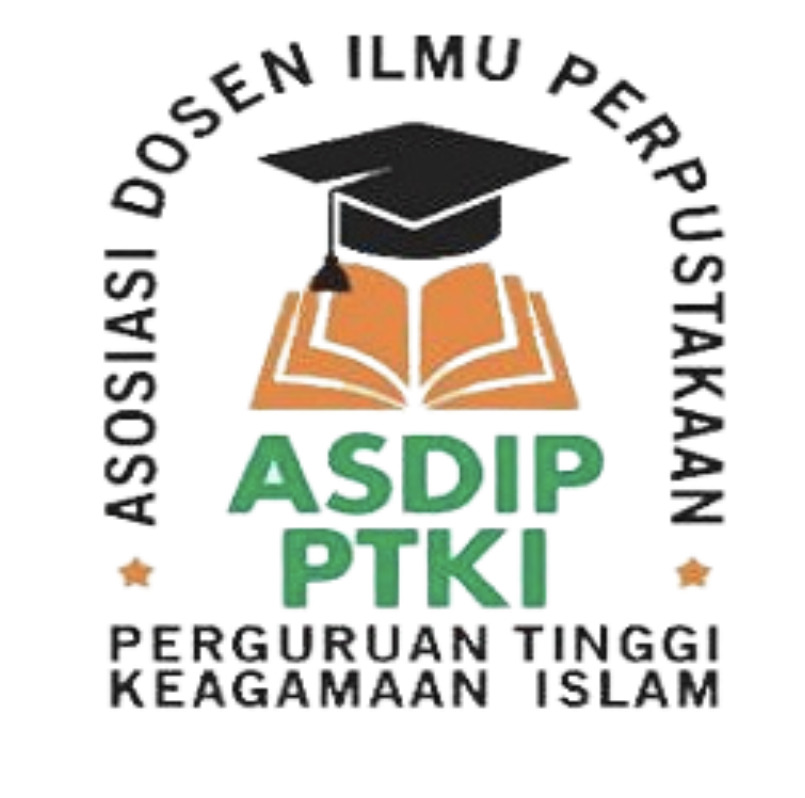Kajian Ergonomi Pada Display Statis (Penunjuk Informasi) di Perpustakaan Universitas Bina Darma
DOI:
https://doi.org/10.29240/tik.v7i1.5301Keywords:
Study, Ergonomic, Static Display, Information, LibraryAbstract
The purpose of this study to find out what forms of static displays (information pointers) are provided by the Bina Darma University Library which are then studied in terms of ergonomics based on the value of comfort, beauty, and usefulness. The type of research used descriptive qualitative research. Determination of informants is determined based on non-probability techniques, namely by using purposive sampling. The informants selected were one person in the library staff, namely the librarian. The data collection technique through interviews which are then processed so that they can find conclusions/verification results. The results obtained are static displays in the Bina Darma University Library, namely Warning Displays, working hours, library labels, instructions for using turnitin, instructions on collections, suggestion box labels, and instructions for opening doors. The static display in the Bina Darma University library is still minimal. This is due to the lack of information related to library rules, organizational structures and so on, making users confused and preferring to ask the librarian
Downloads
References
Amita, N. (2021). Tinjauan Aspek Ergonomi di Ruang Filing Terhadap Keselamatan dan Kesehatan Kerja (K3) di Rumah Sakit. Yayasan Perawat Sulawesi Selatan, STIK. https://stikespanakkukang.ac.id/assets/uploads/alumni/cd7b1a9860f4ac404037470b68c9924c.pdf
Bengi, N. I. (2020). Analisis Ketersediaan Fasilitas Kerja di Perpustakaan Daerah Kabupaten Aceh Tengah dengan Menggunakan Pendekatan Studi Ergonomi. ADABIYA, 22(1), 19.
Dewi, L. triani, Dewi K, C., & Digda, I. W. G. (2019). Implementasi Fasilitas Belajar Ergonomi di Taman Kanak-Kanak. Abdimas Mandiri: Jurnal Pengabdian Masyarakat, 2(2), 146.
Hartono, H. (2020). Transfromasi Perpustakaan Dalam Ekosistem Digital. Prenada Media.
Hernawati, N. (2021). Risiko Sick Building Syndrome (SBS) pada Pegawai dan Keadaan Lingkungan Fisik Ruang Perkantoran Balai Besar Pelatihan Kesehatan (BBPK) Ciloto. Seminar Nasional Paedagoria, 22.
Hutabarat, J. (2021). Dasar-Dasar Pengetahuan Ergonomi. Media Nusa Creative (MNC Publishing Malang).
Junaedi, D. & Alif Cholisana. (2021). Perancangan Visual Display Informasi dengan Pendekatan Ergonomi. Jurnal Penelitian dan Aplikasi Sistem & Teknik Industri (PASTI), XV(2), 139.
Mardawani, M. (2020). Praktis Penelitian Kualitatif: Teori Dasar dan Analisis Data dalam Perspektif Kualitatif. Deepublish.
Pangaribuan, O., Tambun, B., & Panjaitan, L. M. (2022). Peranan Ergonomi Di Tempat Kerja. Abdimas Mandiri: Jurnal Pengabdian Masyarakat, 2(1), 33.
Prasnowo, M. A., Findiastuti, W., & Utami, I. D. (2020). Ergonomi dalam Perancangan dan Pengembangan Produk Alat Potong Sol Sandal. Scopindo Media Pustaka.
Rudianto, A. (2018). Kajian Ergonomi pada Visual Display Penunjuk Informasi Pelabuhan di Kawasan Kuala Enok. Jurnal BAPPEDA, 3(1), 31.
Sopwandin, I. (2021). Manajemen Perpustakan Perguruan Tinggi. Guepedia.
Tawaddud, B. I. (2020). Kajian Illuminati pada Laboratorium Teknik Grafika Polimedia Jakarta terhadap Standar Kesehatan Kerja Industri. Jurnal Nasional Ilmu Kesehatan (JNIK), 2(3), 142.
Downloads
Published
Issue
Section
Citation Check
License
Authors who publish with Tik Ilmeu : Jurnal Ilmu Perpustakaan dan Informasi agree to the following terms:
- Authors retain copyright and grant the journal right of first publication with the work simultaneously licensed under a Creative Commons Attribution-NonCommercial-ShareAlike 4.0 International License (CC BY-NC-SA 4.0) that allows others to share the work with an acknowledgment of the work's authorship and initial publication in this journal.
- Authors are able to enter into separate, additional contractual arrangements for the non-exclusive distribution of the journal's published version of the work (e.g., post it to an institutional repository or publish it in a book), with an acknowledgment of its initial publication in this journal.
- Authors are permitted and encouraged to post their work online (e.g., in institutional repositories or on their website) prior to and during the submission process, as it can lead to productive exchanges, as well as earlier and greater citation of published work (See The Effect of Open Access).







 This work is licensed under a
This work is licensed under a 